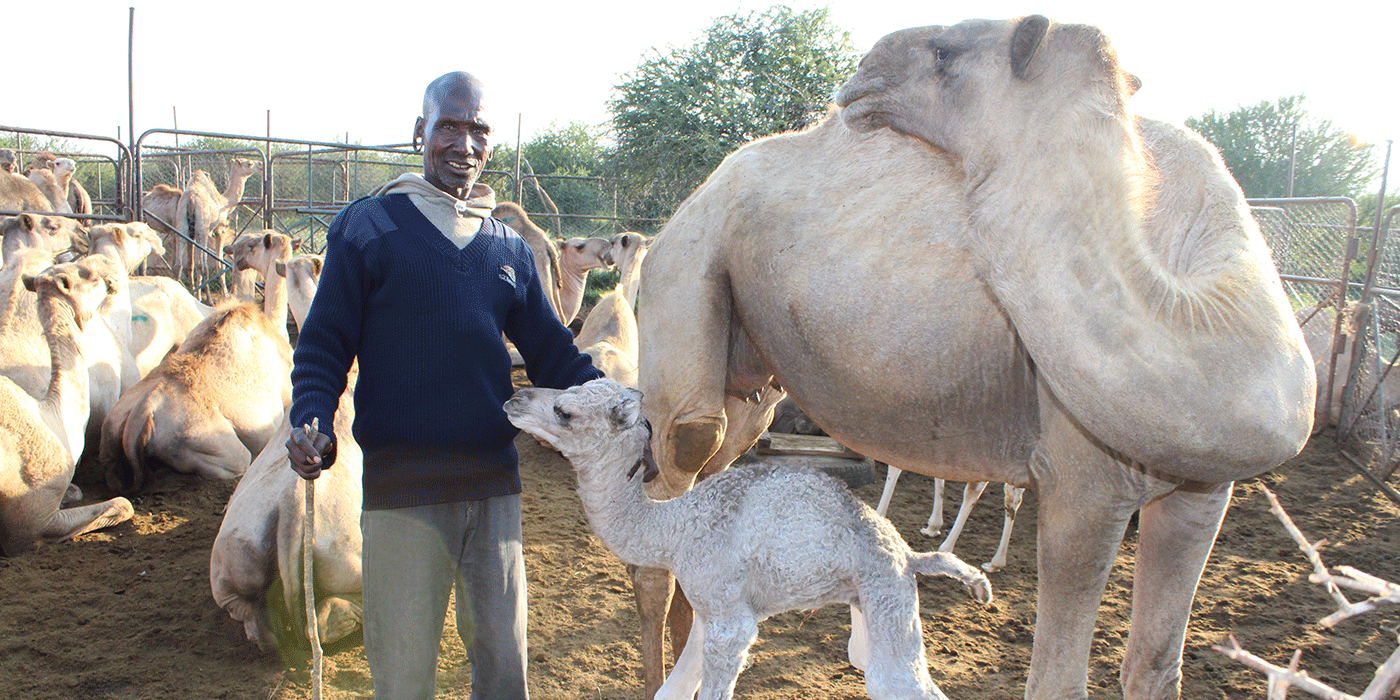Vector Surveillance in Kenya's Camels
In Kenya, the Smithsonian Institution maintains a close collaboration with the Mpala Research Center and Ranch (MRC) located in Laikipia County. The camel herd at Mpala recently tested positive for the Middle-East Respiratory Syndrome Coronavirus (MERS CoV). The disease is concerning because it has the potential to cause a serious, sometimes fatal respiratory disease in humans. Kenya has the third-highest population of camels in Africa and their numbers are growing rapidly in Laikipia County. To address this potential public health threat, Smithsonian's Global Health Program sent Dr. Devin Tunseth, a wildlife veterinarian and McCarters’ Global Health Intern, to sample camels and mosquitoes at MRC as a part of a pilot study for future research in the area.
As a part of its role as the USAID PREDICT leader for the country of Kenya, SGHP has formed a partnership with the Institute of Primate Research (IPR) to develop a surveillance plan and bolster public health infrastructure to tackle emerging diseases in the region. Together with veterinarians and researchers from IPR, Dr. Tunseth sampled camels and collected ticks and mosquitoes at Mpala. The samples will be processed at molecular diagnostic labs in Nairobi, Kenya, and will be compared to assess the effectiveness of using mosquitoes and skin parasites to detect coronavirus. The hope is that the results gained from this pilot study will help direct future surveillance efforts in both Kenya and other nations in which coronaviruses and arthropod-borne viruses are a public health concern.
In the photograph, a local herder welcomes a newborn camel calf, which he named “Devin” in honor of Dr. Tunseth.
